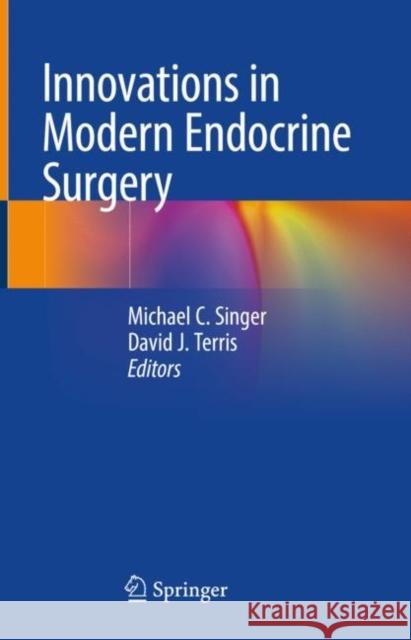Innovations in Modern Endocrine Surgery » książka
topmenu
Innovations in Modern Endocrine Surgery
ISBN-13: 9783030739508 / Angielski / Twarda / 2021 / 298 str.
Kategorie BISAC:
Wydawca:
Springer
Język:
Angielski
ISBN-13:
9783030739508
Rok wydania:
2021
Wydanie:
2021
Ilość stron:
298
Waga:
0.61 kg
Wymiary:
23.39 x 15.6 x 1.91
Oprawa:
Twarda
Wolumenów:
01
Dodatkowe informacje:
Wydanie ilustrowane











